What exactly is rosacea?
WHAT IS ROSACEA?
Rosacea is a common inflammatory skin disease that can cause facial redness. It usually affects people with fair skin, generally females, and usually doesn't manifest until adulthood, around the ages of 30-50. It usually affects people with weak immune systems. Rosacea is a chronic condition that gets worse over time and is generally cyclic, flaring up for a period of weeks to months, and then subsiding for a time. It affects nearly 14 million Americans, or about 3% of the population.
Anyone who has rosacea knows that it is frustrating, painful, and mentally debilitating. Not to mention the fact that since the true cause of rosacea isn't well known, current treatments are often not effective.
Rosacea can be exacerbated by certain external and environmental factors, and treating it often requires a gentle skin care routine and avoiding triggers.
It can manifest in a variety of ways, and may look slightly different from person to person.
IS IT ROSACEA OR ACNE?
Rosacea is somehow similar to acne or mistaken for an acne. Similar in a sense that rosacea and acne have symptoms like pimples or pimple like breakouts, redness and inflammation, sensitivity, tenderness or irritation and occurrences of outbreaks on chest, face and back.
Rosacea is different from acne in a lot of ways – skin type (acne – oily skin; rosacea – dry skin), symptoms (acne – deal with blemishes, whiteheads, blackheads, pustules and cysts; rosacea – deal with pimple like breakouts that don’t come to a head), area (acne – have redness around breakouts; rosacea – red patches all over the face that come and go), etc.
Rosacea and acne also differ in their triggers: Rosacea is being triggered by strenuous exercise, hot food or beverages, sunlight, spicy foods, hot baths or saunas, alcohol, stress anger or embarrassment and drugs that dilate the blood vessels while acne is caused by hormones, medications, diet and stress).
WHAT ACTUALLY CAUSES ROSACEA?
While we know that things like spicy food, heat and alcohol can aggravate rosacea, we never truly knew why rosacea manifested in the first place.
In 2007, a team of researchers determined that it is not one contributing factor, but a combination of two abnormal factors, that result in rosacea.
It appears to be the over-production of two inflammatory proteins which results in excessive levels of a third protein that causes rosacea symptoms.
Researchers first observed in the lab that antimicrobial peptides caused the exact same symptoms in the skin that rosacea does, such as redness, an increase in visible blood vessels, bumps or pimples. The peptides also reacted to the same triggers (spicy food, heat, alcohol, etc).
When they looked at patients with the disease, every one of them had far more peptides than normal.
To learn why these patients have abnormal peptides, the researchers examined the source of these molecules. The precursor form of these peptides, called cathelicidin, is normally known for its function to protect the skin against infection. In other skin diseases, a deficiency of cathelicidin correlates with increased infection. In rosacea patients, researchers found the opposite was true; too much cathelicidin was present in their skin. They also observed that it was a different form of cathelicidin than found in people without the skin disorder.
Patients with rosacea also had greatly elevated levels of enzymes called stratum corneum tryptic enzymes (SCTE). These enzymes turned the precursor into the disease-causing peptide.
By injecting the cathelicidin peptides found in rosacea, or adding SCTE, they were able to increase inflammation, proving that these abnormalities can cause the disease.
Thus, too much SCTE and too much cathelicidin leads to the abnormal peptides that cause the symptoms of this disease.
Rosacea May Be Caused By Mites
But wait, a 2012 study showed that rosacea may actually be triggered by bacteria that live within tiny mites that reside in the skin.
The mite species Demodex folliculorum usually lives harmlessly inside the pilosebaceous unit which surrounds hair follicles of the face. They are normal inhabitants of the face and tend to increase in number with age and skin damage (following sunlight, or damage caused by products). The mites eat sebum, or facial oil, and colonise your face at puberty.
The numbers of Demodex mites living in the skin of rosacea patients is found to be higher than in normal individuals, which has previously suggested a possible role for the mites in initiating the condition. More recently, the bacterium Bacillus oleronius was isolated from inside a Demodex mite and was found to produce molecules provoking an immune reaction in rosacea patients. Other studies have shown patients with varying types of rosacea react to the molecules produced by this bacterium -- exposing it as a likely trigger for the condition. What's more, this bacterium is sensitive to the antibiotics used to treat rosacea.
The bacteria actually live in the digestive tracts of Demodex mites found on the face, in a mutually beneficial relationship. When the mites die, the bacteria are released and leak into surrounding skin tissues -- triggering tissue degradation and inflammation. Once the number of mites increases, so does the number of bacteria, making rosacea more likely to occur. Targeting these bacteria may be a useful way of treating and preventing this condition.
Healthy adults have around one or two mites per square centimetre of facial skin. People with rosacea, however, can have 10 times as many
However, it is possible that the presence of lots of mites may be a result of the underlying issue, not the cause of rosacea.
TYPES OF ROSACEA
Rosacea generally is characterized and diagnosed by the following characteristics or types:
- Subtype 1 rosacea - ETR Rosacea
- Subtype 2 rosacea - Papulopustular rosacea
- Subtype 3 rosacea - Phymatous rosacea
- Subtype 4 rosacea - Ocular rosacea

SIGNS AND SYMPTOMS OF ROSACEA
Signs/symptoms of rosacea vary on the different types of Rosacea:
Erythematotelangiectatic Rosacea
- Flushing and redness in the center of face
- Visible broken blood vessels
- Swollen skin
- Sensitive skin
- Stinging and burning skin
- Dry, rough and scaly skin
Papulopustular Rosacea
- Acne like breakouts and very red skin
- Oily skin
- Sensitive skin
- Visible broken blood vessels
- Raised skin patches
Phymatous Rosacea
- Bumpy skin texture
- Thick skin on nose
- Thick skin on chin, forehead, cheeks and ears
- Large pores
- Visible broken blood vessels
Ocular Rosacea
- Bloodshot and watery eyes
- Eyes that feel gritty
- Burning or stinging sensation in the eyes
- Dry, itchy eyes
- Light sensitivity
- Cysts on eyes
- Diminished vision
- Broken blood vessels on eyelids
WHAT ARE THE TREATMENTS FOR ROSACEA?
So, what does this mean for treatment? Clearly rosacea is a sinister little condition. Well, antibiotics are most often prescribed, and tend to alleviate the symptoms of rosacea temporarily in patients because some of the antibiotics work to inhibit these enzymes.
However, this isn't a sufficient long-term treatment option (and may lead to more serious conditions like bacterial resistance to antibiotics, as well as auto-immune diseases and gastrointestinal disorders). Bacteria are not the right target, after all.
There is no cure for rosacea, actually… but there are various treatments which can improve or treat various signs and symptoms of rosacea and a combination or teamwork of medication and lifestyle generally gives the best results.
Medications for treating rosacea include topical medications (meaning these are applied to the skin) and oral drugs. Topical treatments help reduce the inflammation and redness when applied to the skin either once or twice a day. These treatments are often used together with oral medications.
The combination of silymarin and S-MSM can be useful in managing the symptoms and condition of rosacea skin, especially the subtype 1 erythematotelangiectatic phase.
Rosacea can also be treated with oral antibiotics, Isotretinoin or Accutane, Blephamide and tetracyclines. People dealing with rosacea who have visible blood vessels may opt for a laser treatment preferably the intense pulsed light (IPL) to shrink them.
To determine whether you have rosacea or it’s just another skin condition, it’s best to consult your dermatologist for a physical examination. Although there’s really no cure for this skin condition, its symptoms can be controlled by taking care of your skin using gentle cleansers and oil free, water based skin care products.
The Banish Fighter Gel may possibly help with rosacea since it contains MSM which can reduce redness in those with rosacea, but it also has some peppermint in it too that may cause sensitivity, so best to patch test and wait 24 hours.
*Photo credits to the owner*
------------------------------------------------------------------------------
About VeganAcneSufferers
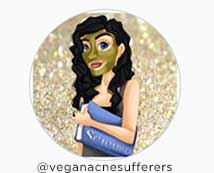
I first got acne in high school, and it came back in my early adulthood. I was able to struggle through those difficult times and come out of it a stronger, wiser, healthier person as a result. I'm here to help you do the same thing!
Connect with Veganacnesufferes on: Youtube

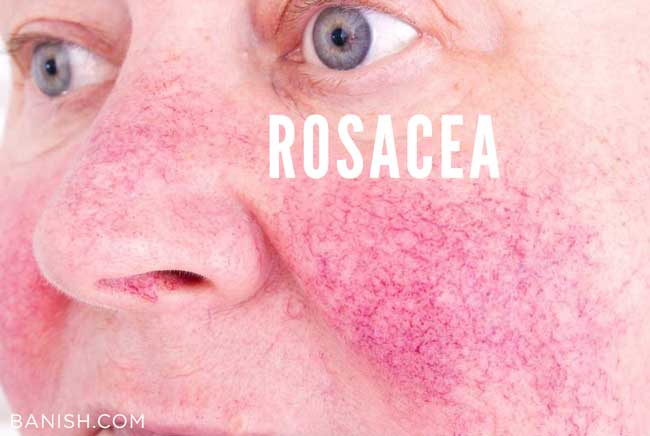

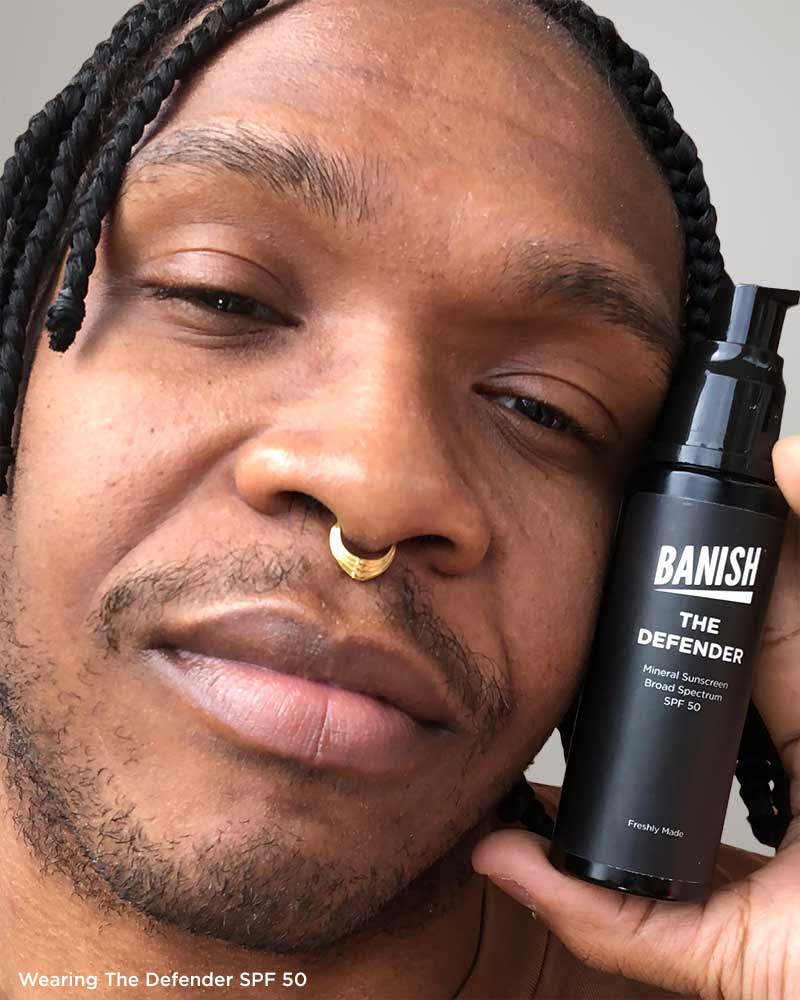
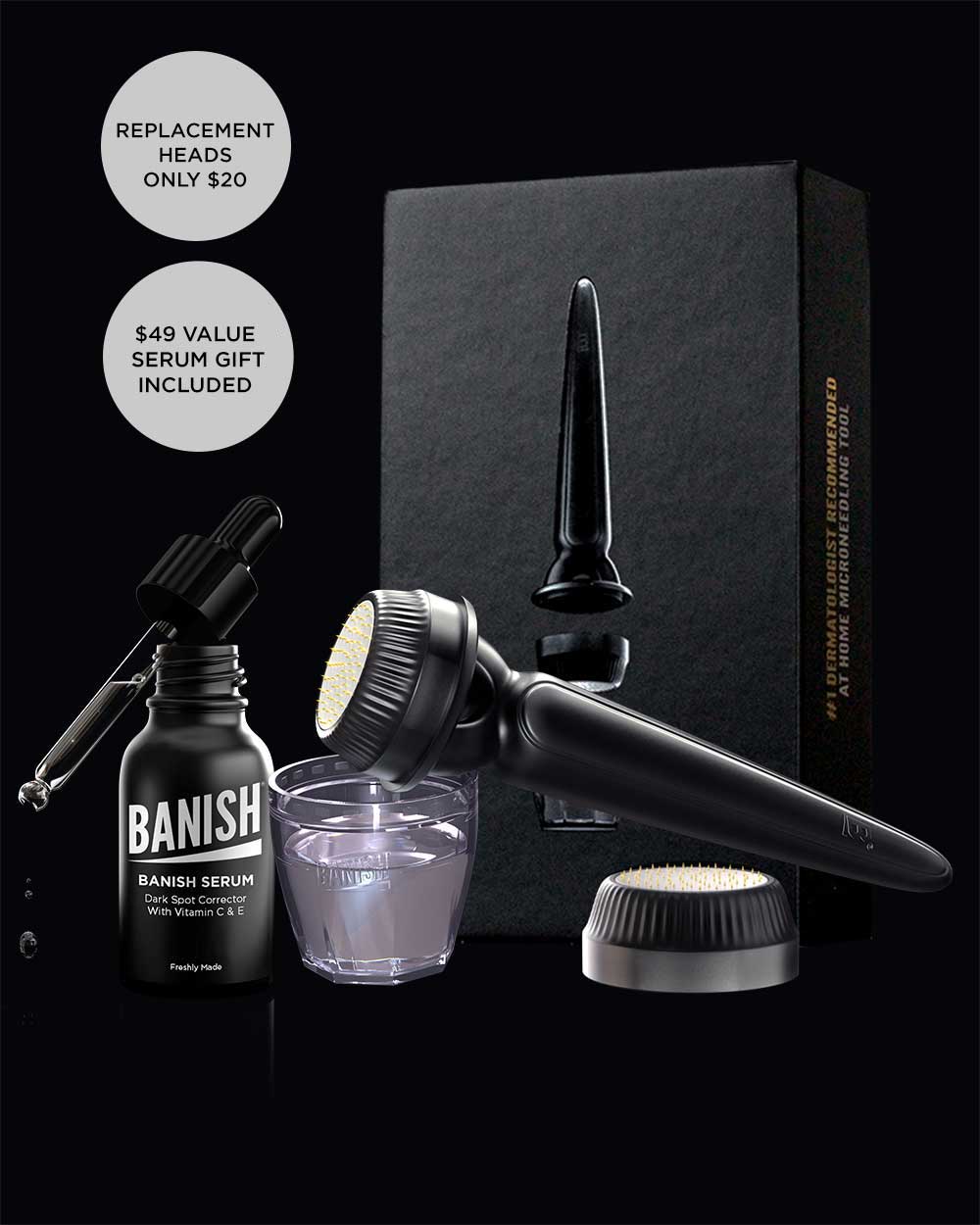
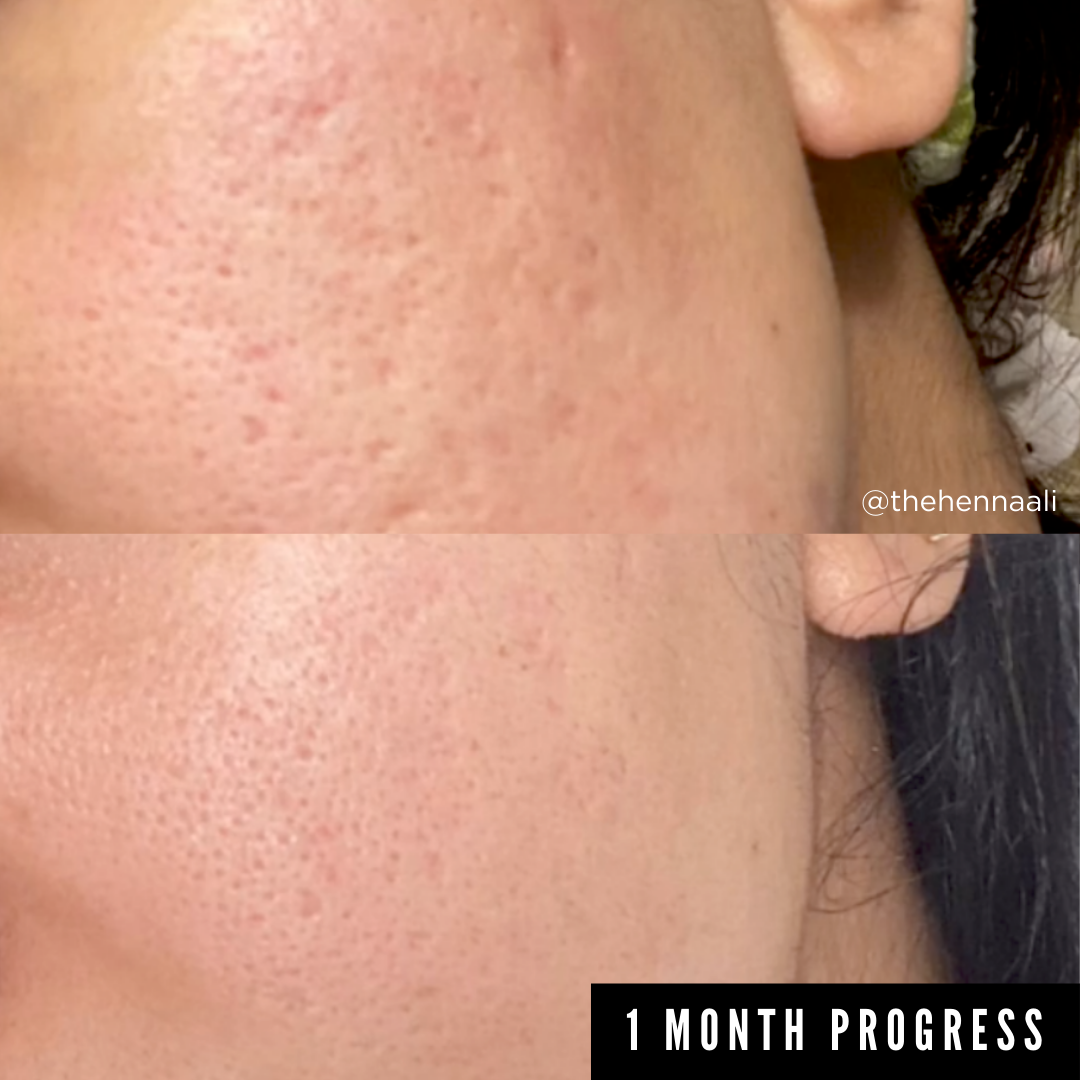

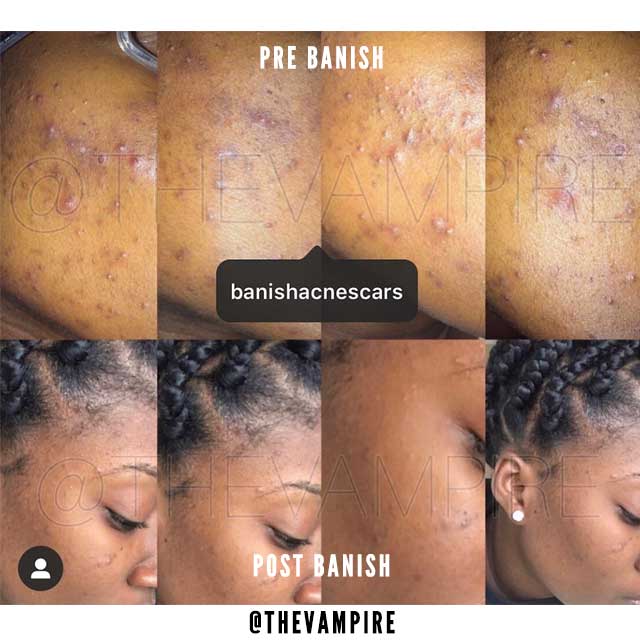
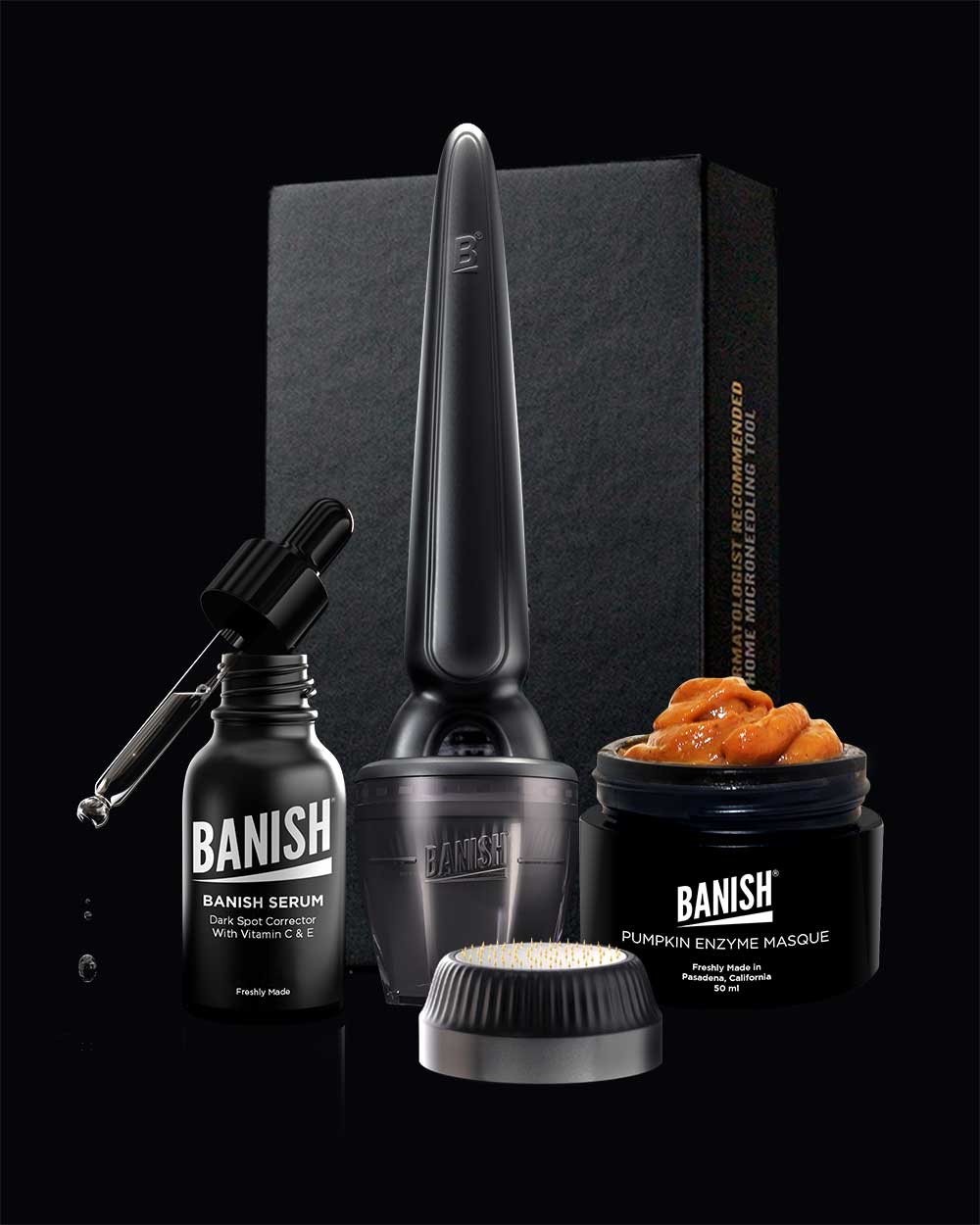
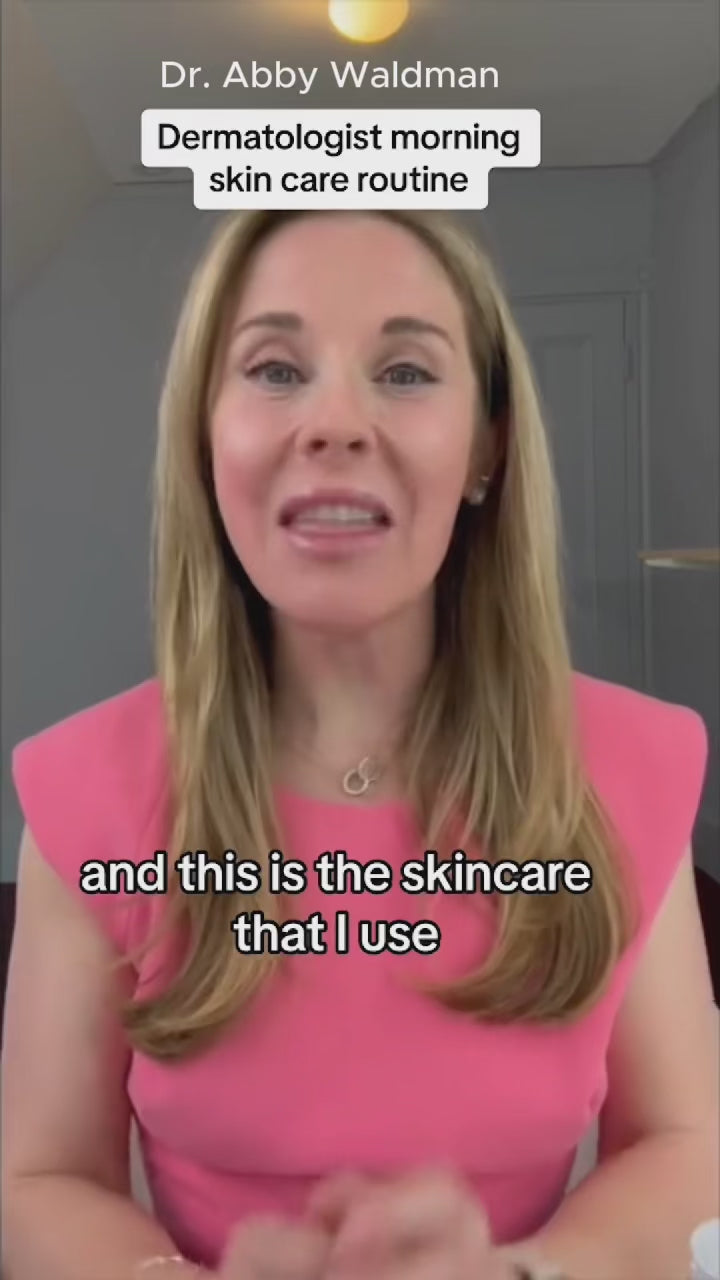
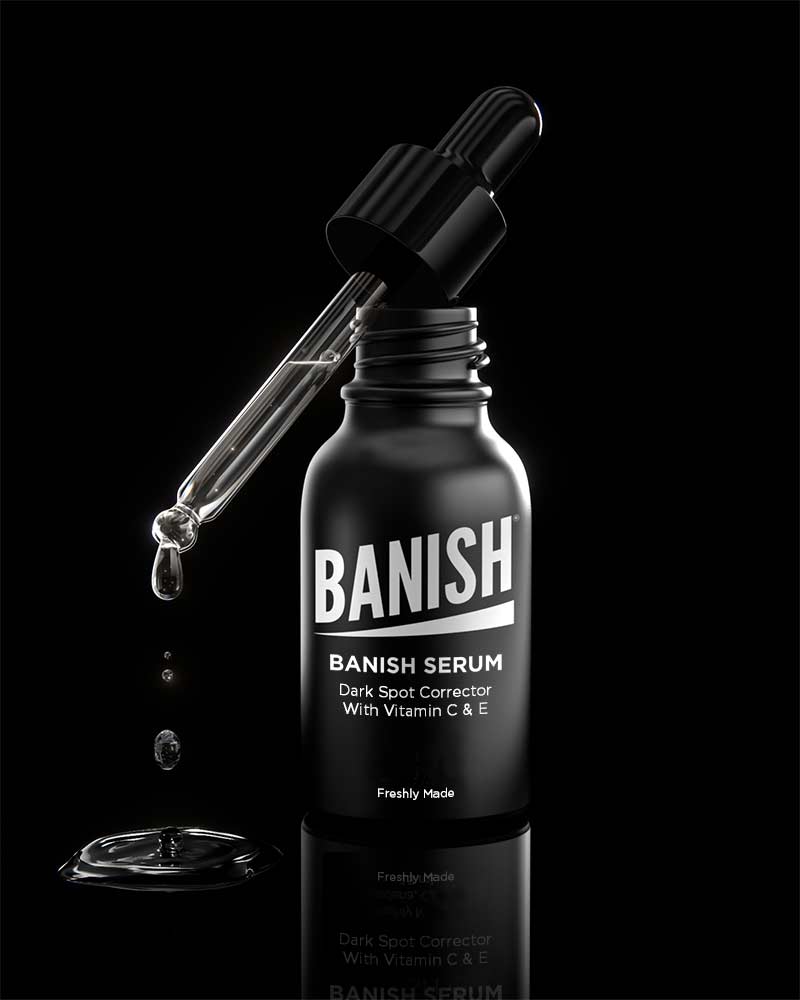



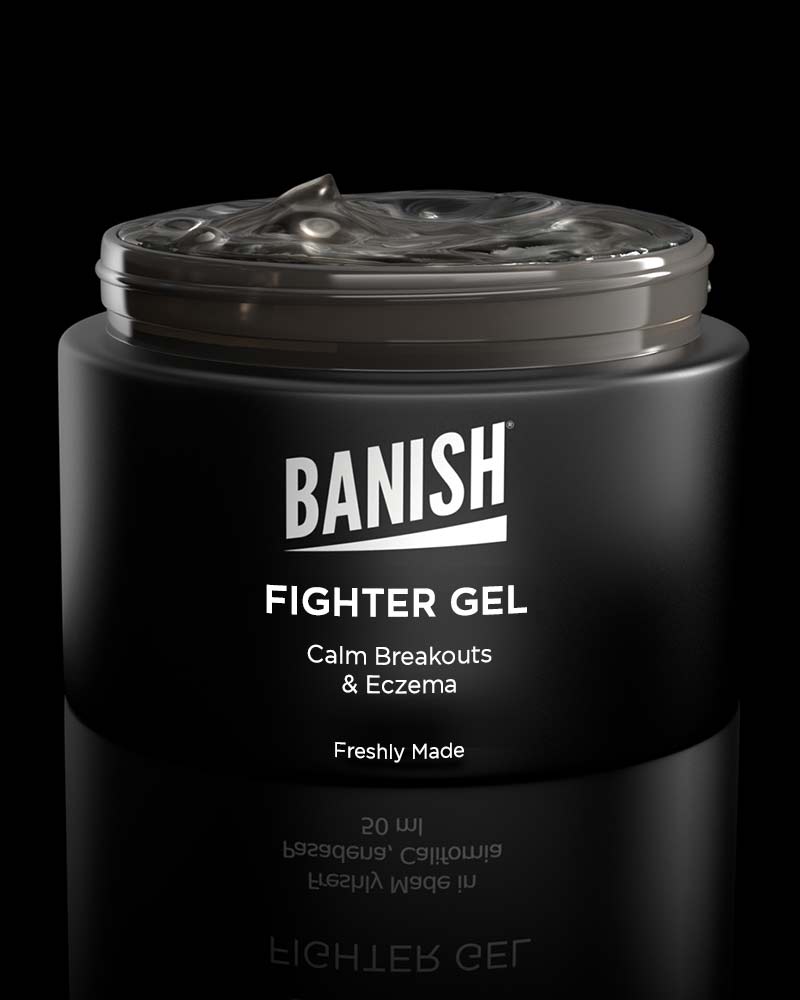
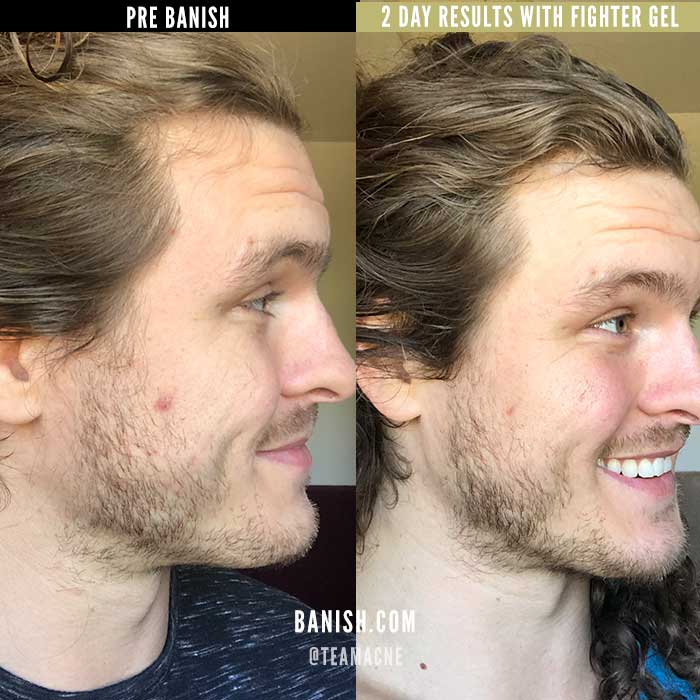
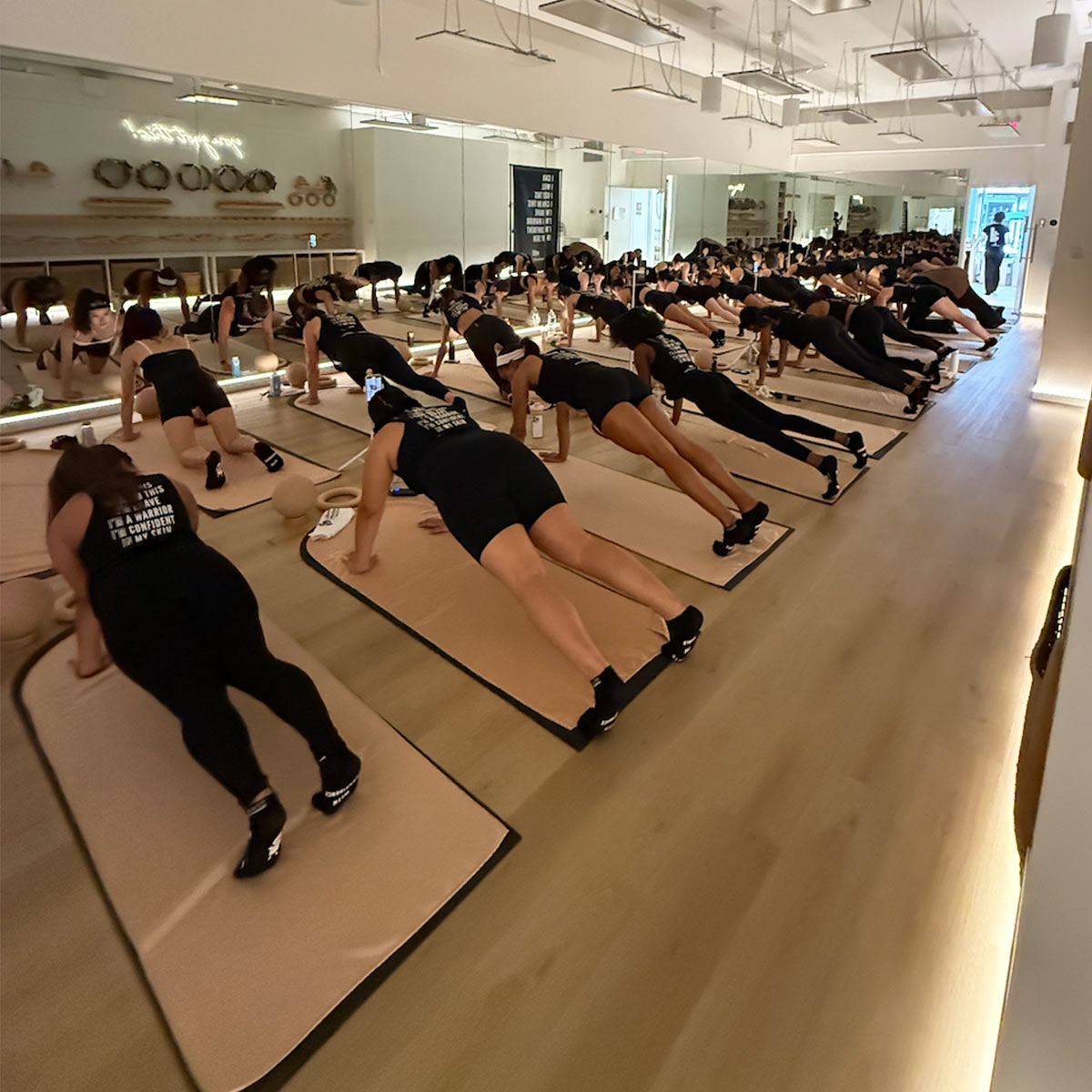
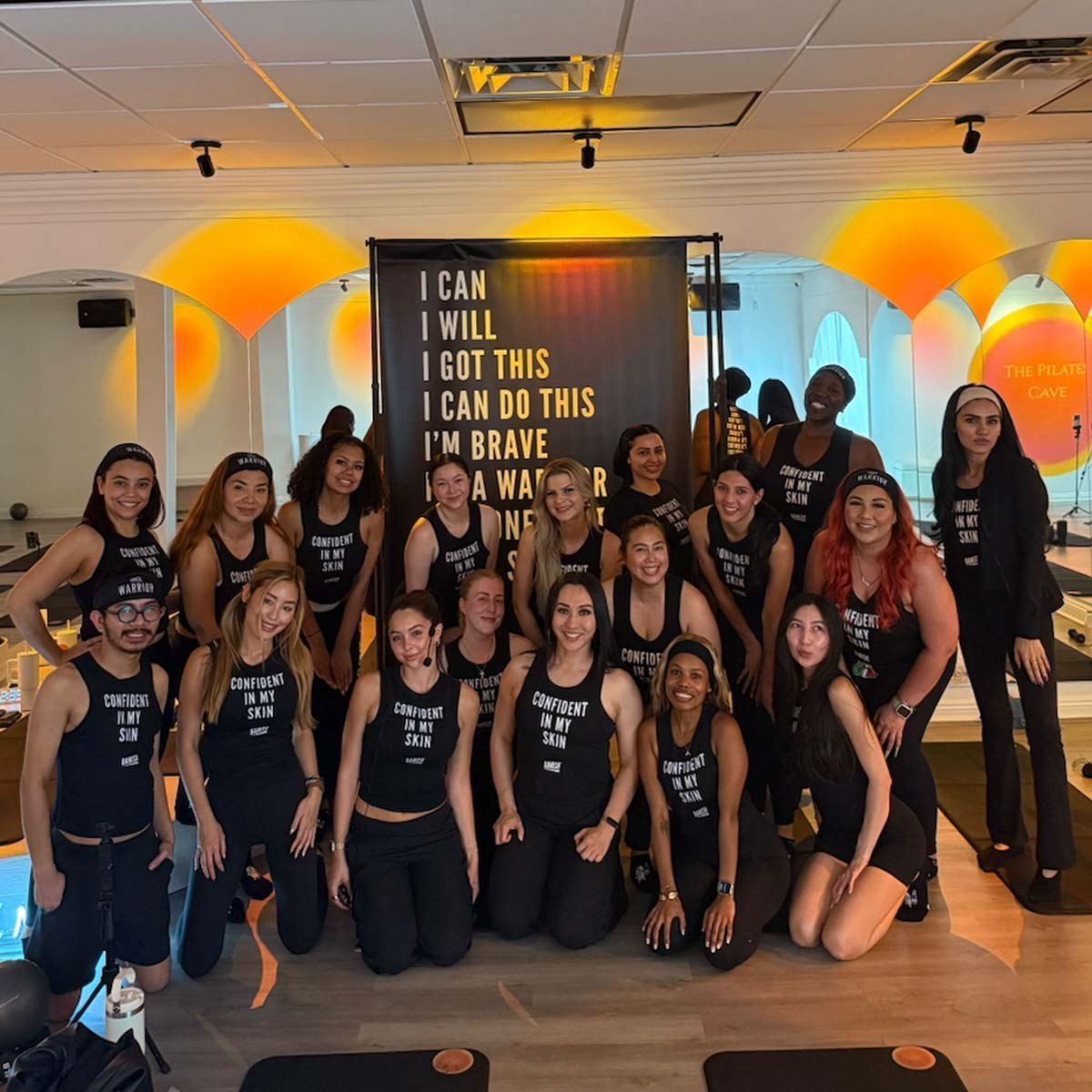
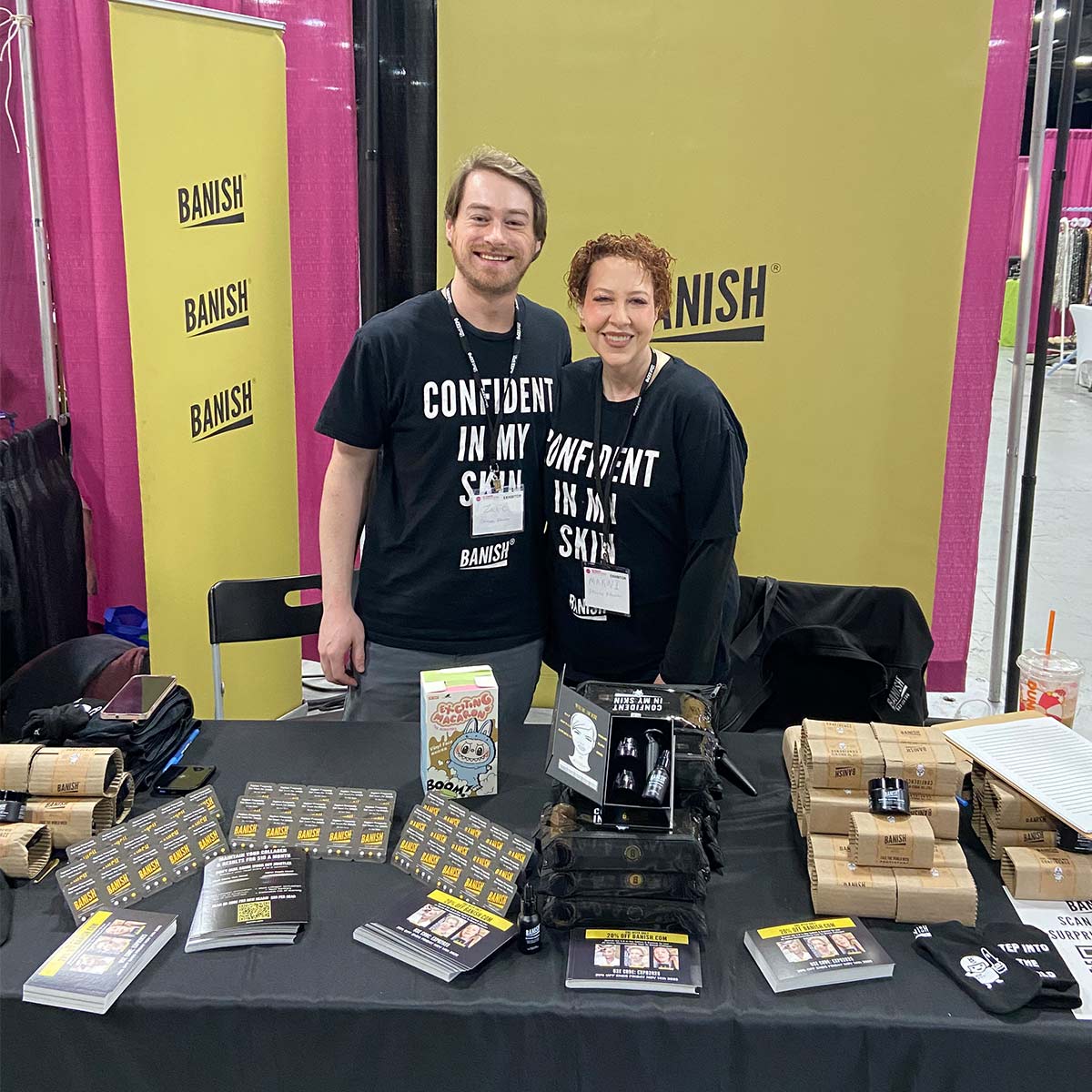
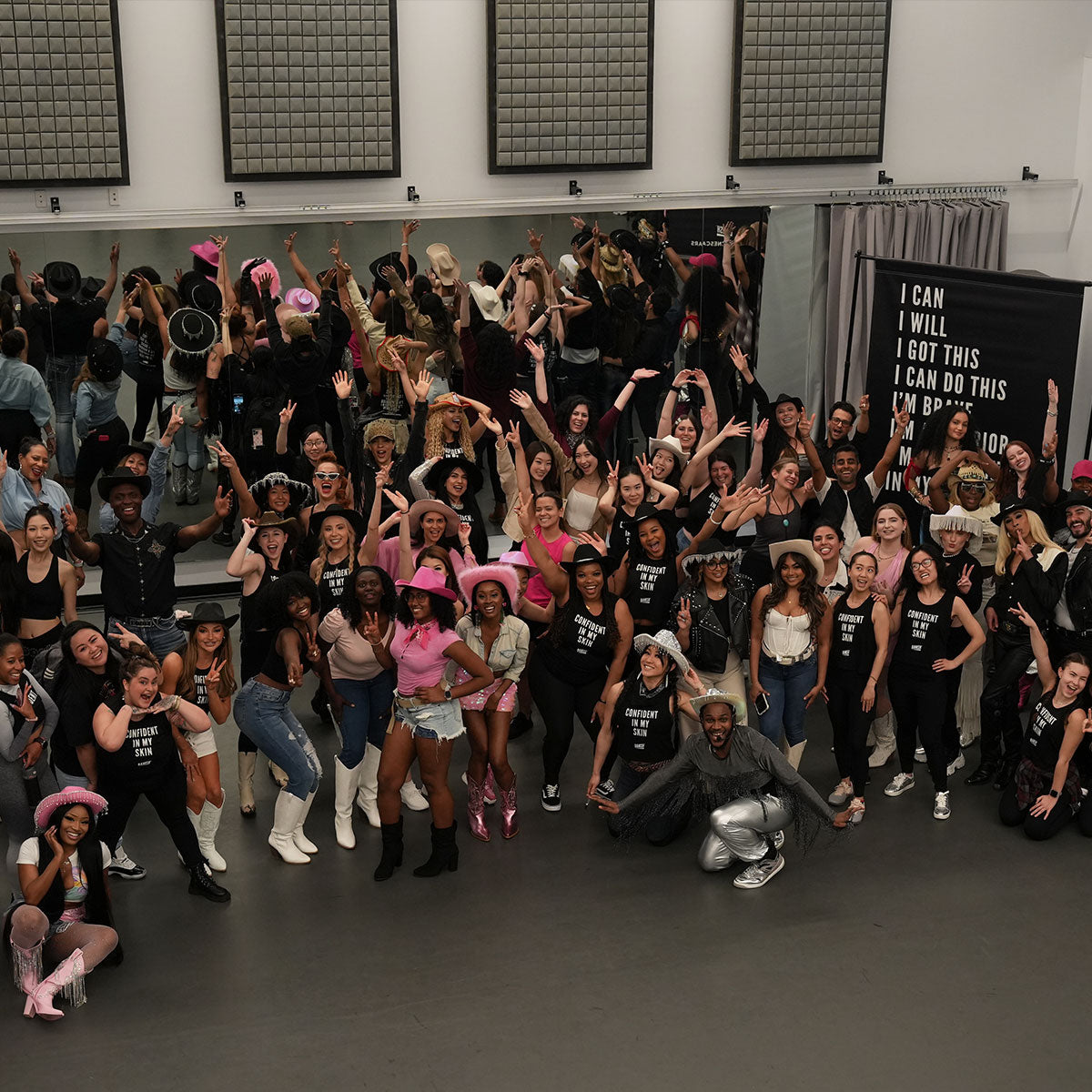






Leave a comment
All comments are moderated before being published.
This site is protected by hCaptcha and the hCaptcha Privacy Policy and Terms of Service apply.